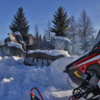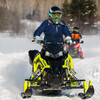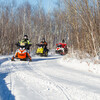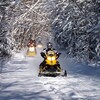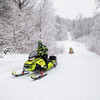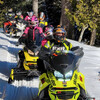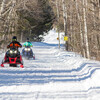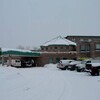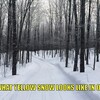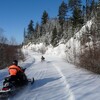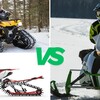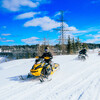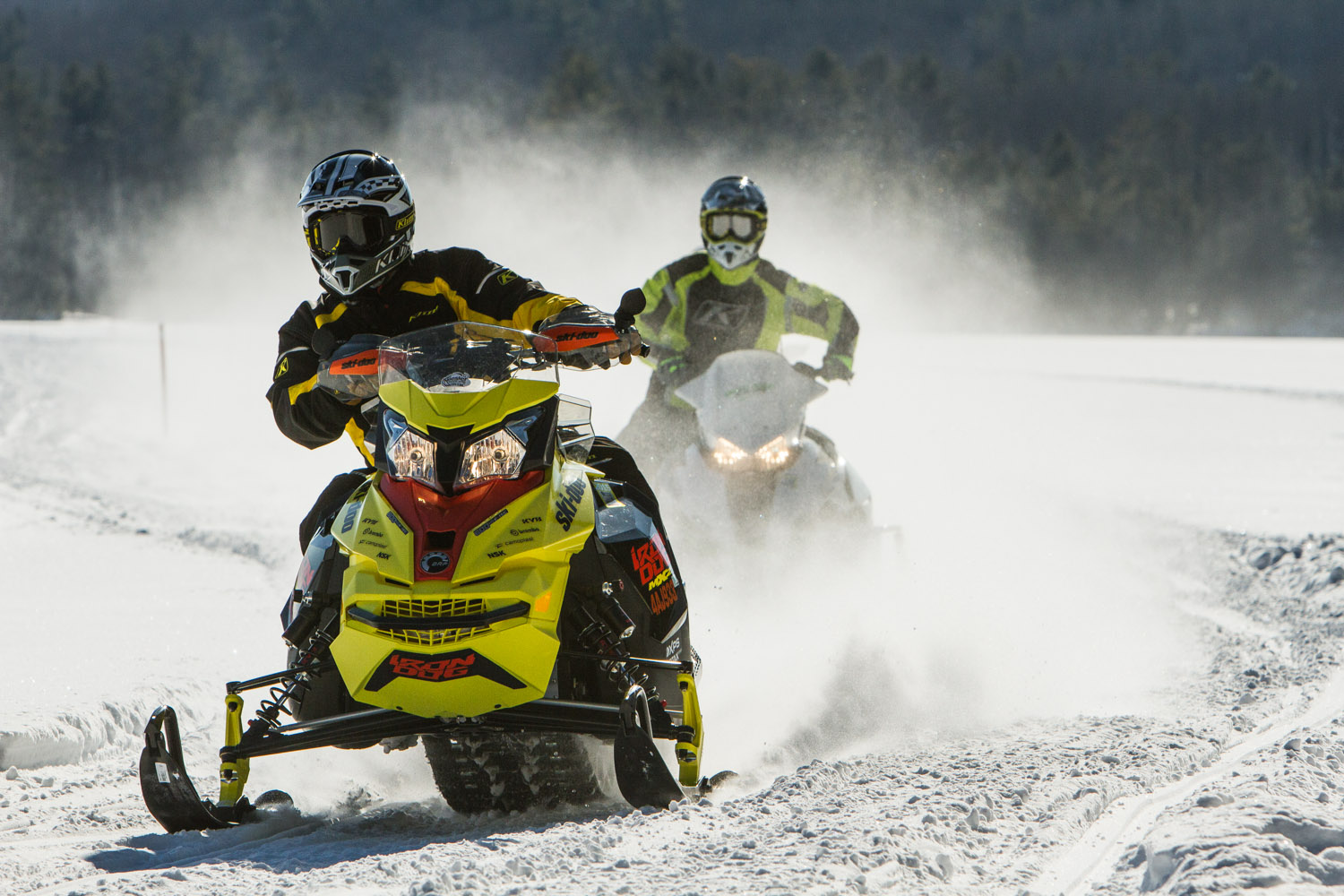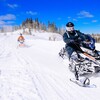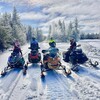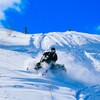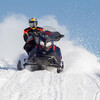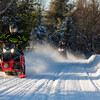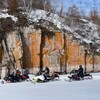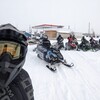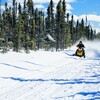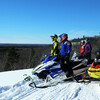
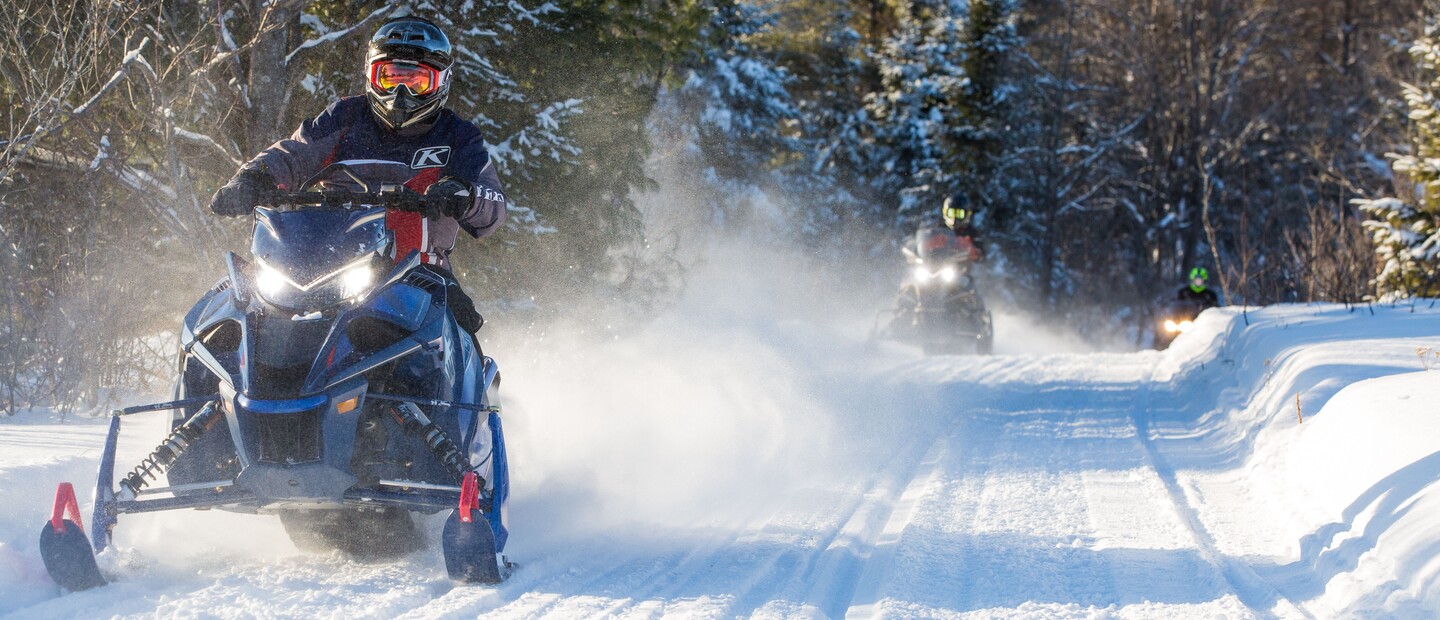
Ontario Snowmobiling Winter Weather Forecast 2024-2025
As we shake off the haunting memories of last winter's disappointing season, the collective enthusiasm of Ontario's snowmobiling community remains unwavering. Despite the challenges, our passion for the sport and the camaraderie that comes with it only grows stronger. As we look to the upcoming season, we're all filled with renewed optimism and anticipation. The trails may have been quiet last year, but our spirits remain unphased, and the prospect of carving through pristine powder and reconnecting with friends and family on the trails has us all praying for snow.
As we've learned time and again, us snowmobilers are a resilient bunch, and our shared love for the sport always prevails. So, let's put last season's disappointments in the rearview mirror and focus on the exciting possibilities that lie ahead. Will this winter bring the elusive “perfect season” we've all been waiting for? Let's dive into the forecast and find out!
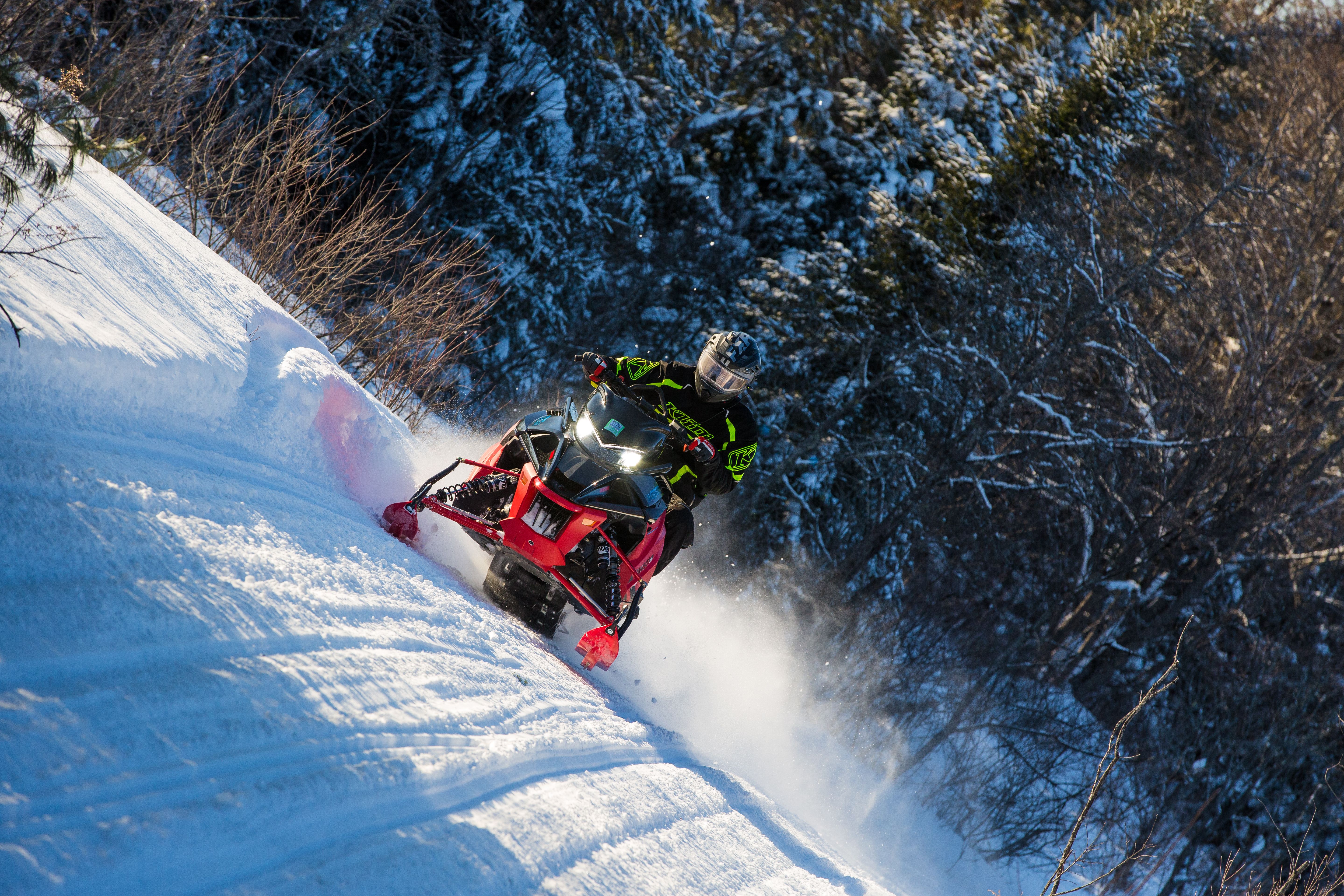
La Niña's Impact on Ontario Winter Weather
NOAA is predicting a 71% chance of La Niña emerging from September to November 2024, and it's expected to persist through January to March 2025. This weather phenomenon has significant implications for winter weather in Ontario, Canada. During a La Niña event, Ontario typically experiences cooler-than-normal temperatures and increased precipitation. We can expect based on this to see increased snowfall as the storm track and jet stream channels up and east generating above-average snowfall in the Great Lakes region of Ontario. Looking at the map below, you can also visualize that Ontario can expect colder-than-normal temperatures, especially in the northern parts of the province. La Niña's influence can lead to more frequent winter storms, potentially resulting in significant snowfall as cold and wet air mix. Thanks to Tyler Hamilton meteorologist with The Weather Network for this great video.

Relationship Between La Niña and the Polar Vortex
Research suggests that La Niña events can influence the Polar Vortex, particularly during winter months. La Niña tends to weaken the Polar Vortex. La Niña events can lead to a more meridional (wavy) flow in the upper atmosphere, which can weaken the Polar Vortex. This weakening allows cold Arctic air to escape and penetrate deeper into mid-latitudes. La Niña can also lead to more frequent and intense disruptions of the Polar Vortex, allowing cold air to spill into Ontario.
La Niña Impacts on Ontario, Canada
During La Niña events in Ontario, we can experience colder winters as the weakened Polar Vortex leads to increased cold air intrusions. Furthermore, La Niña tends to bring above-average snowfall to Ontario, particularly in the southern regions when the wind blows strong off the Great Lakes. It’s also common for Ontario to experience mega snowstorms, bitter cold snaps, and freezing rain events.
Specific Effects on Ontario During Past La Niña Events
- 2009-2010 La Niña: Extremely cold winter with record-breaking snowfall in southern Ontario. Do you remember the 177cm snowfall over 3 days that impacted the Huron-Middlesex counties in southern Ontario?
- 2010-2011 La Niña: Severe cold snap in February 2011, with temperatures plummeting to -40°C in some areas. Do you remember London at -33.2 and Timmins at -43.1 in early February?
- 2016-2017 La Niña: Above-average snowfall in southern Ontario, with significant snowstorms in December 2016. Do you remember Hamilton receiving 50 cm, or how about Ottawa with 40 cm in one shot!
- 2020-21, 2021-22, and 2022-23 were all La Nina winters, and as you can see by the February 1st snow-depth maps below we had great coverage across the province. In contrast, check out 2024 which was a strong El Nino year.
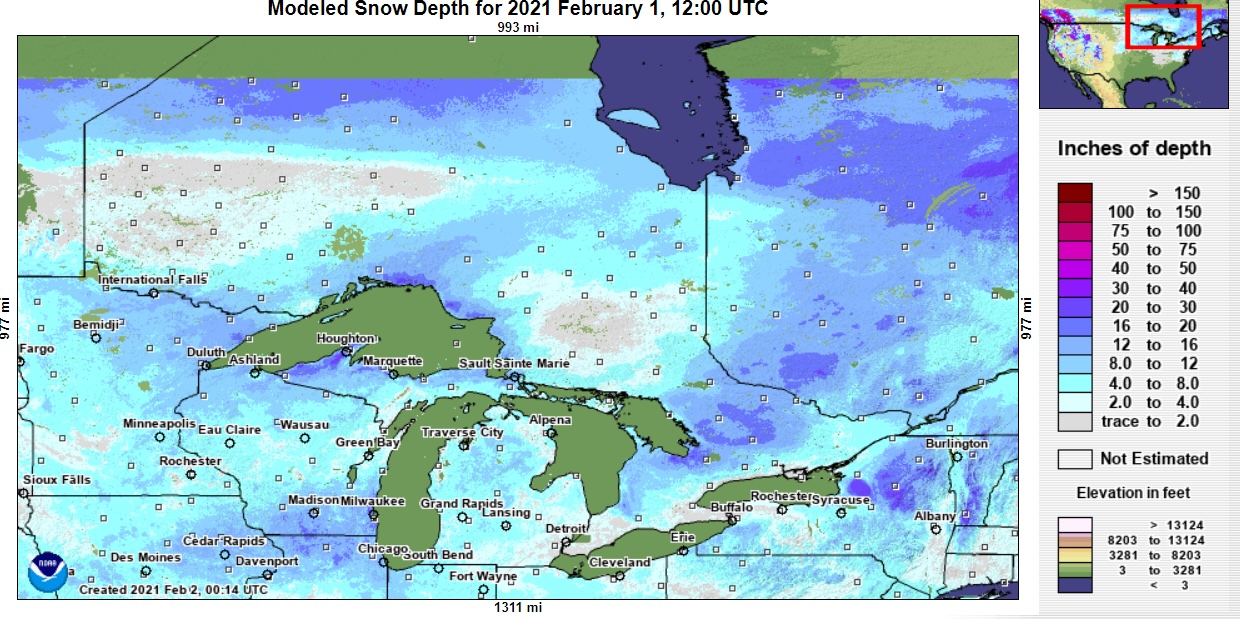
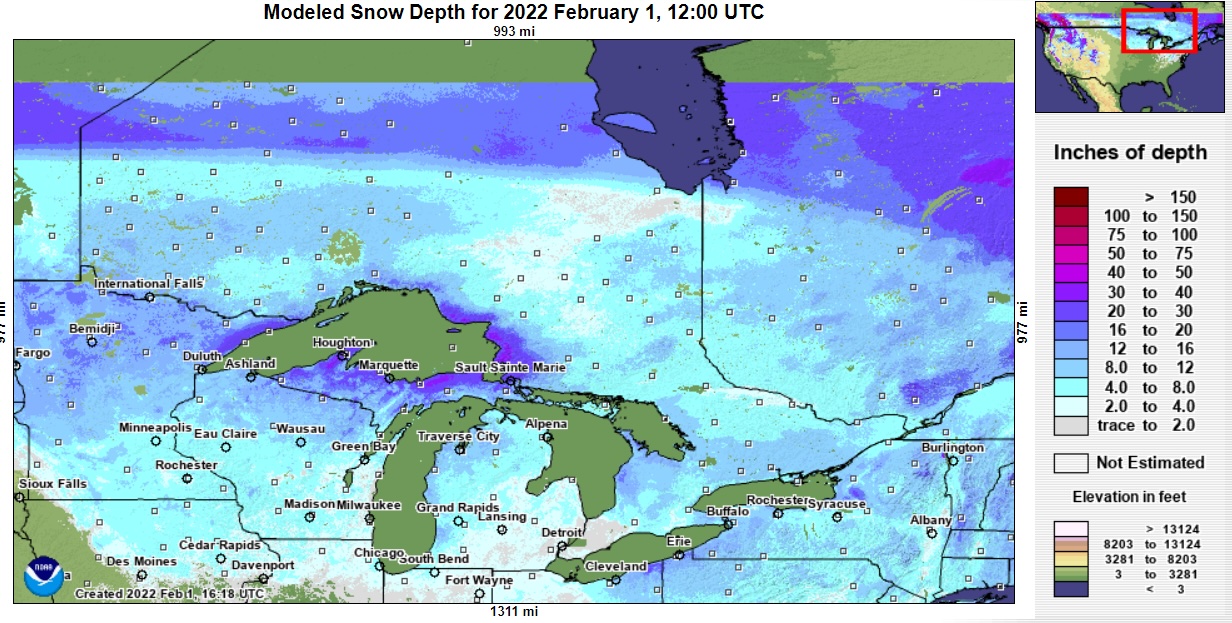
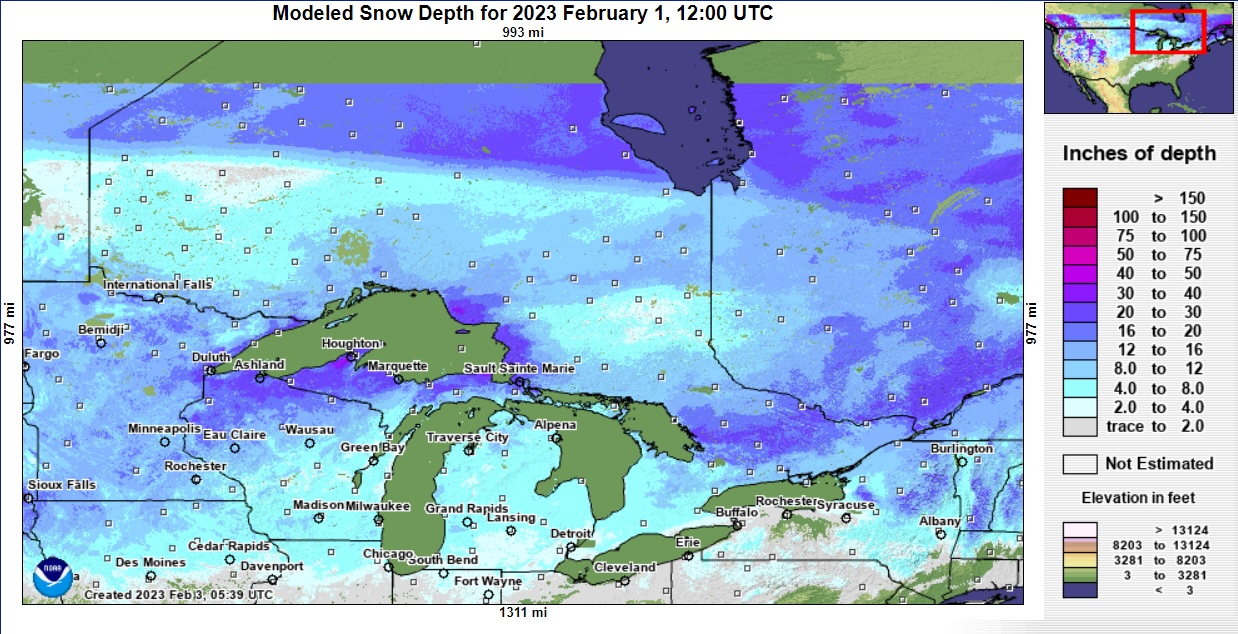
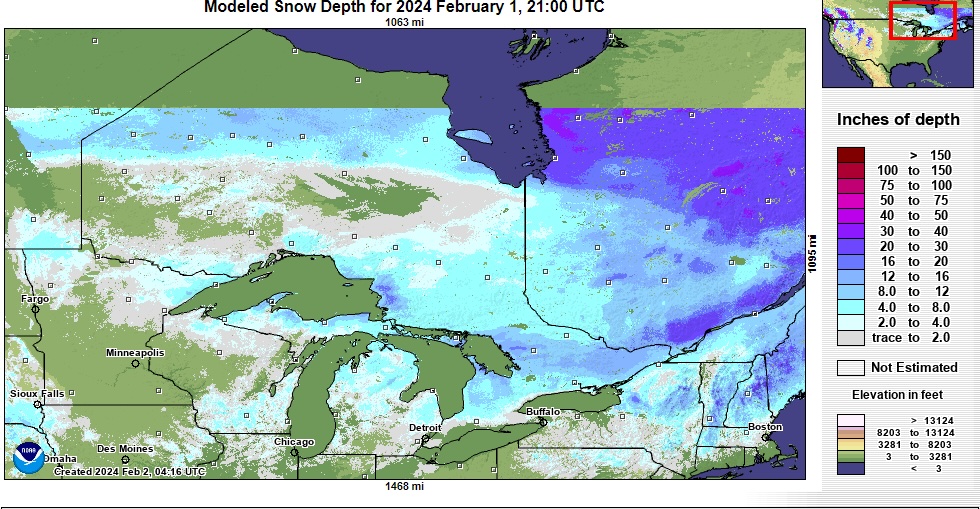
Ontario Weather Since 1792
The old Farmer's Almanac is predicting a cold and snowy winter for Ontario in 2025, which is great news for snowmobilers! According to their forecast, winter temperatures will be colder than normal, with the coldest periods expected in early December, early and late January, and late February. From a snowfall perspective, we can expect above-average precipitation in Southern Ontario with more-than-usual snowfall levels in western Ontario and below-average in the east. From my analysis of the Almanac's prediction, I’d predict that places like Sault Ste. Marie which is known for incredibly abundant snowfall will likely see above-average snowfalls. In addition, the corridor that stretches from Parry Sound down to Owen Sound can also expect above-average snowfall and colder-than-normal temperatures. Our friends in the northwest will be blessed with not only below-average cold weather to lock in their plentiful lakes with thick ice but also regular snowfall. Unfortunately, the other side of the coin is that eastern Ontario communities like Ottawa and Kingston may experience less snowfall than many years, at least according to what the Almanac is predicting.
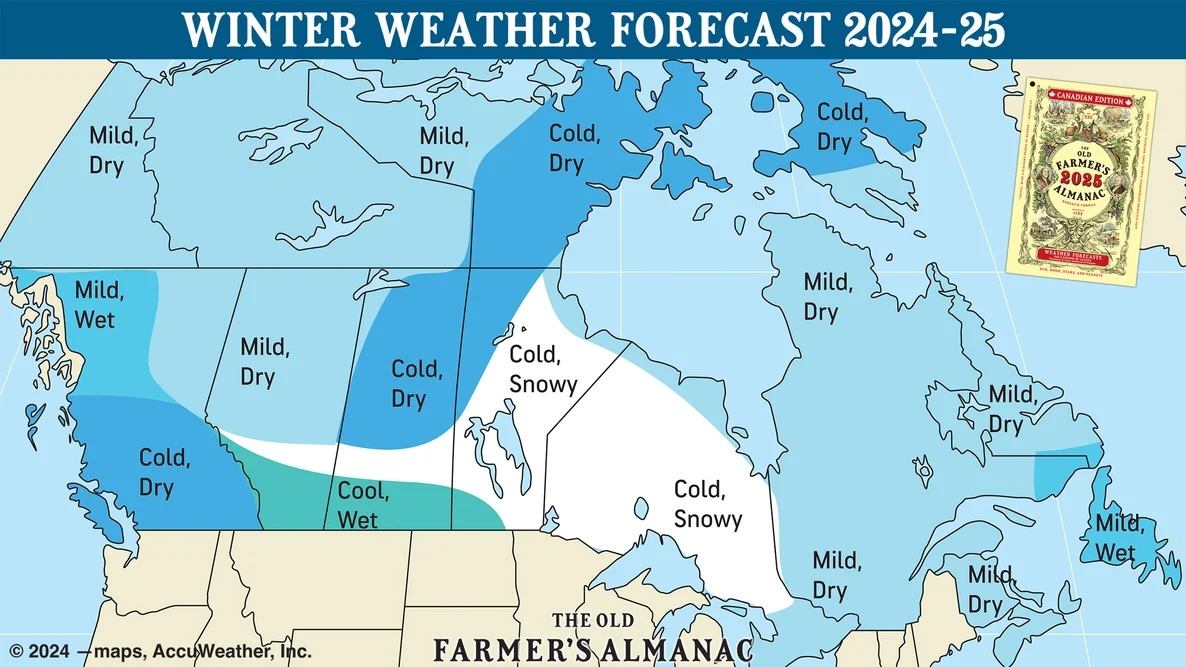
Woolly Bears Everywhere: How Caterpillars Forecast the Weather
According to ancient folklore, the Woolly Bear caterpillar holds the secret to predicting the forthcoming winter's severity. This humble insect's distinctive black and brown stripes are believed to foretell the winter's fate. Legend has it that the wider the brown band, the milder the winter; conversely, a narrower brown band signals a harsher winter. Additionally, the placement of the bands is also said to forecast the impending winter—if the brown stripe is toward the head, winter begins milder and ends harsher.
I set out in early October to take a wide sampling of the Woolly Bear population across Ontario and asked snowmobilers to either submit a photo or describe their findings, including location. The submissions included dozens of photos and reports of Woolly Bears from across our vast province as well as one that my son found at our front door. Location reporting included Ayr, Baysville, Bracebridge, Bobcaygeon, Burks Falls, Chesley, Gananoque, Gravenhurst, Collingwood, Cormac, Innisfil, Kawartha Lakes, London, Marionville, Mattawa, Orangeville, Orillia, Port Perry, Redbridge, Sandridge and Wasaga. I’ve taken a sample of the dozens of reports and included a few below for your viewing.
Based on the Woolly Bear submissions aligned with the folklore, it looks as if we’re in for a harsh to moderate winter—the majority of Woollies have black colouring towards their head indicating a cold-snowy and harsh start to winter that should carry through for most of the season, based on the limited coverage of the brown stripes.
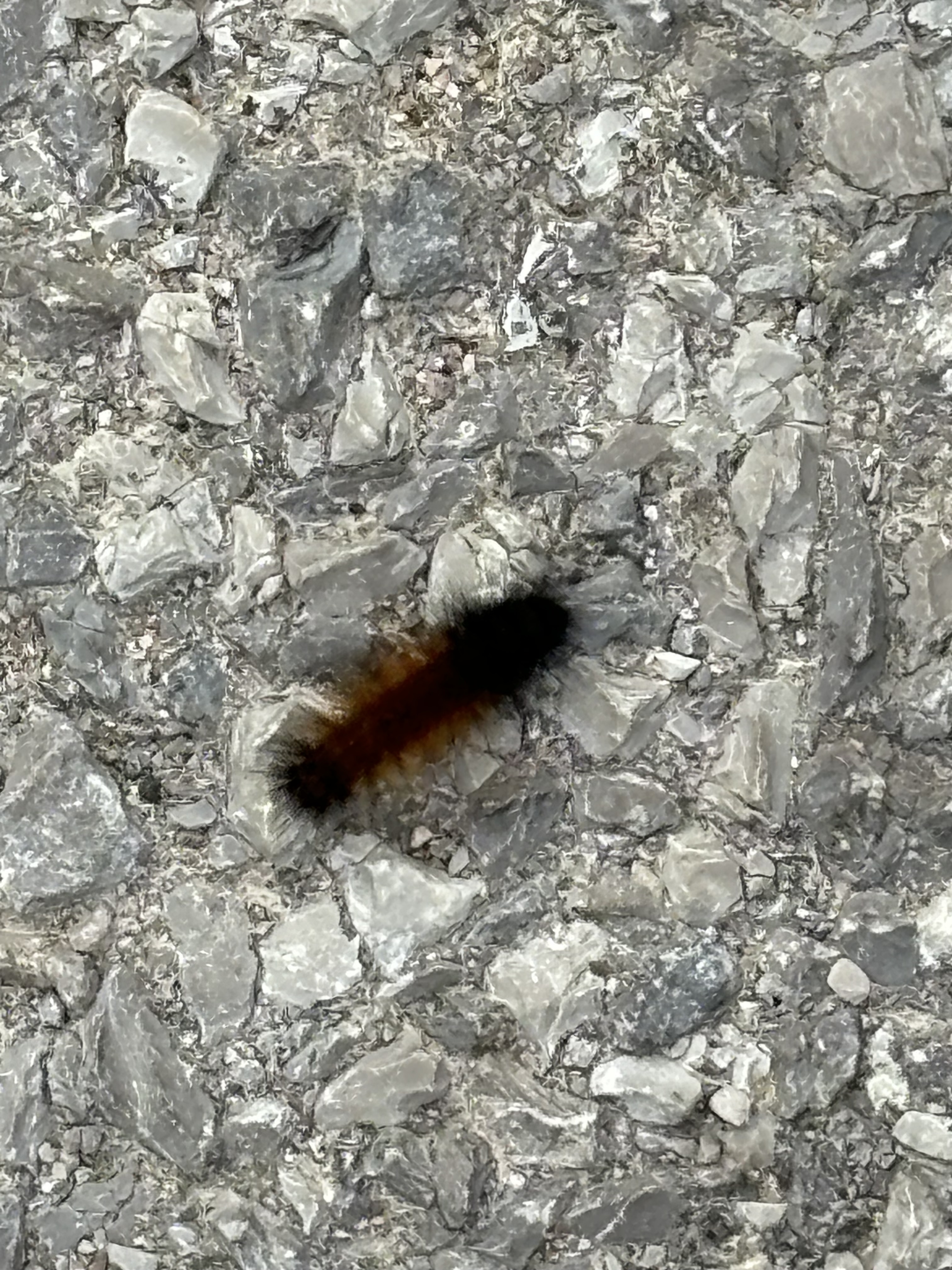

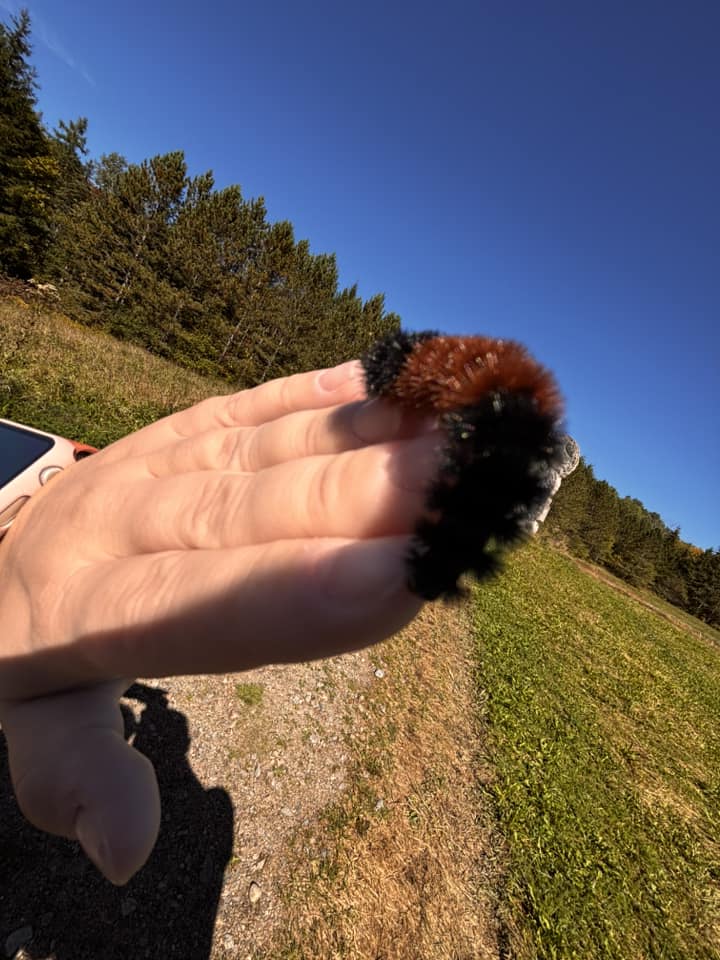
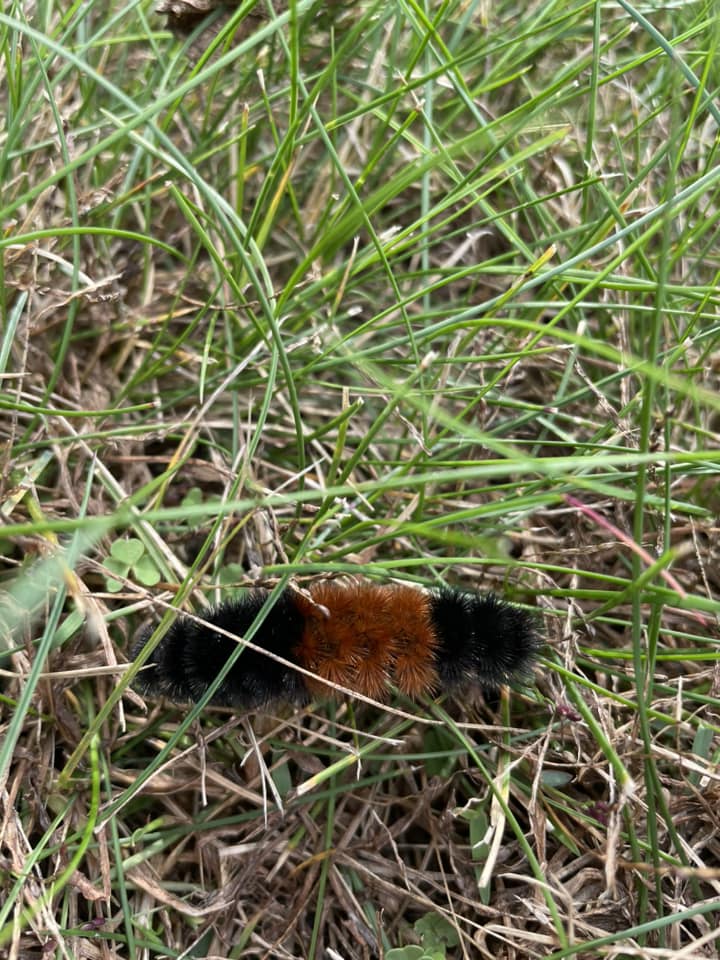
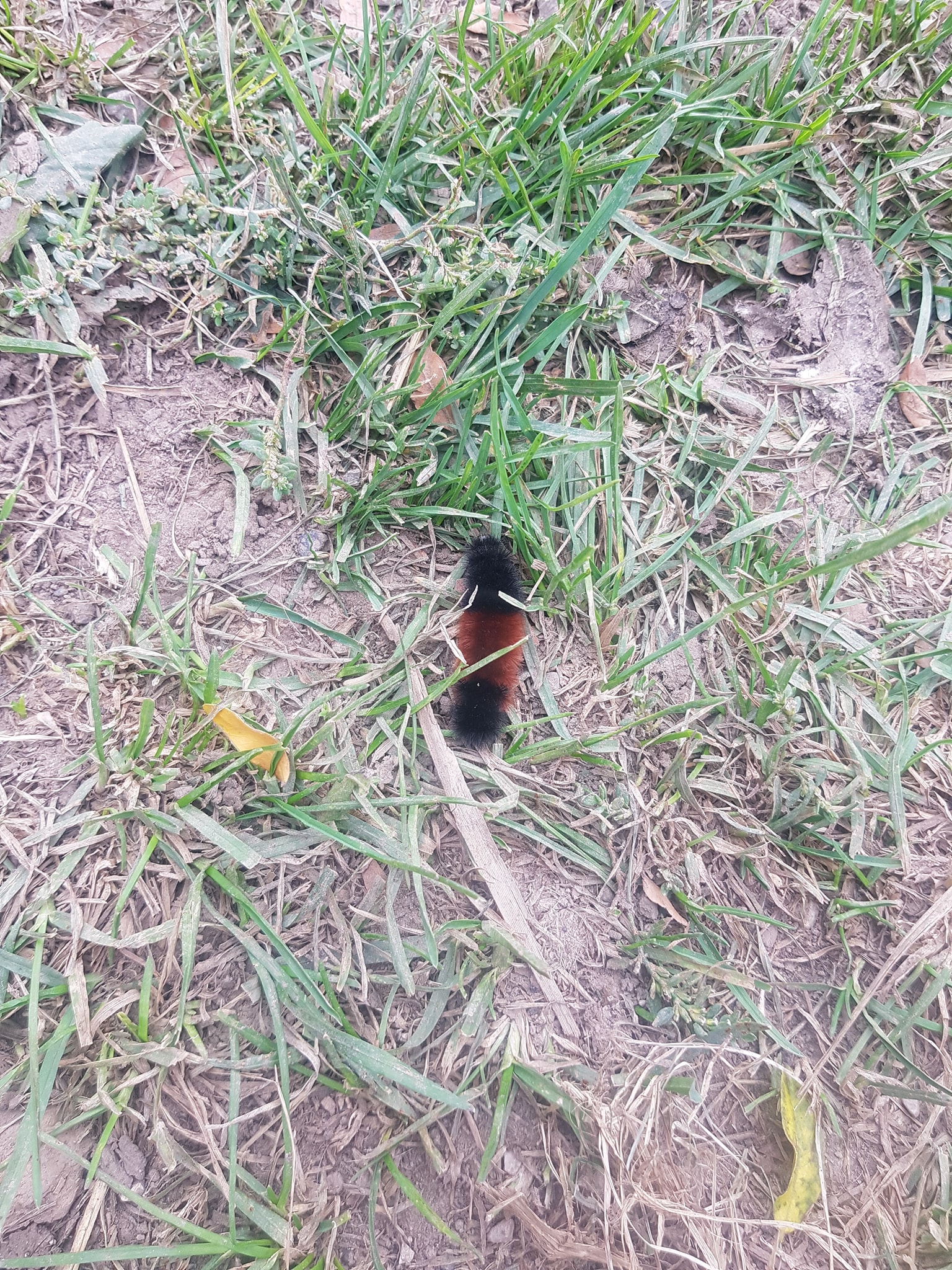
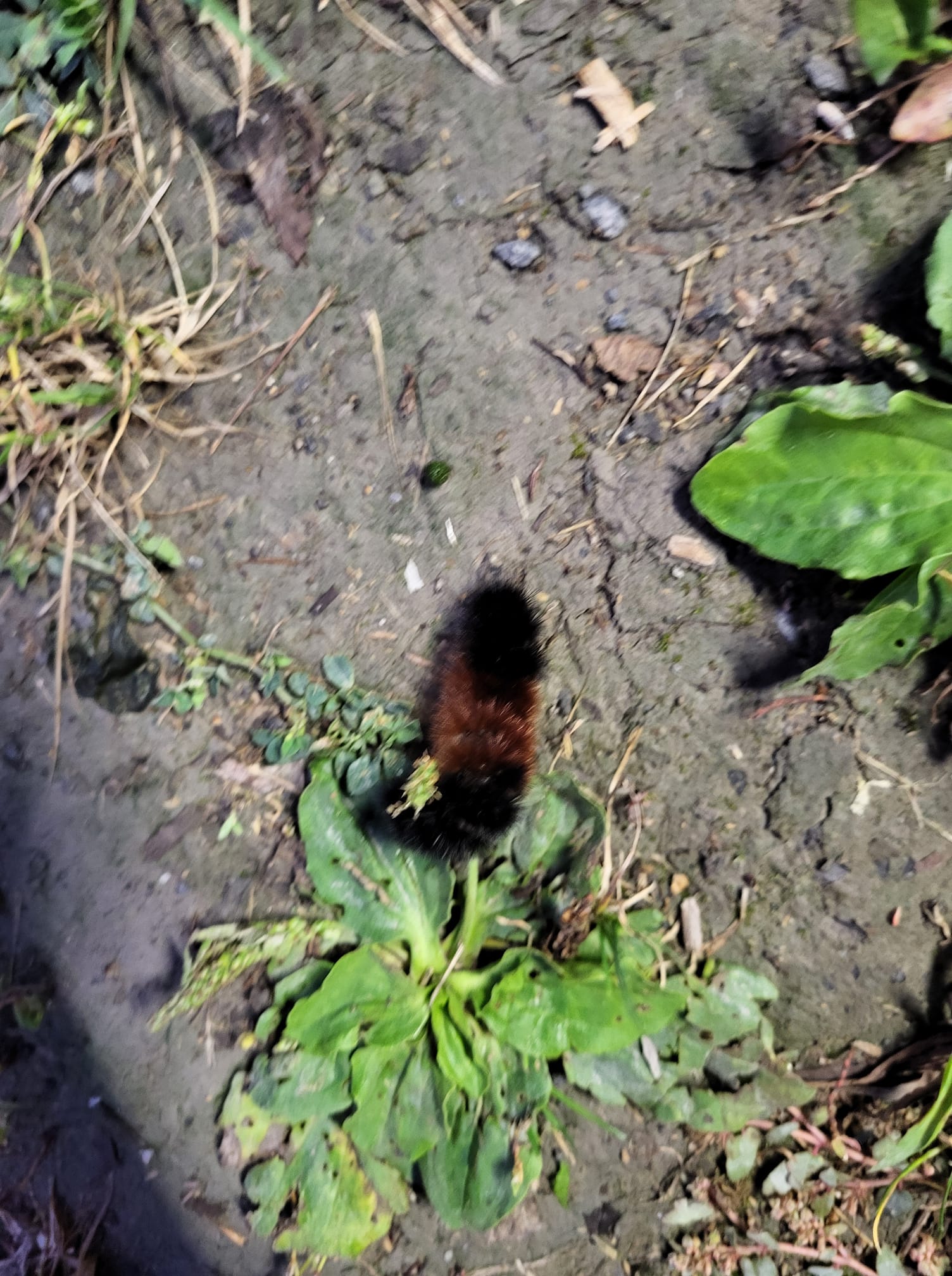
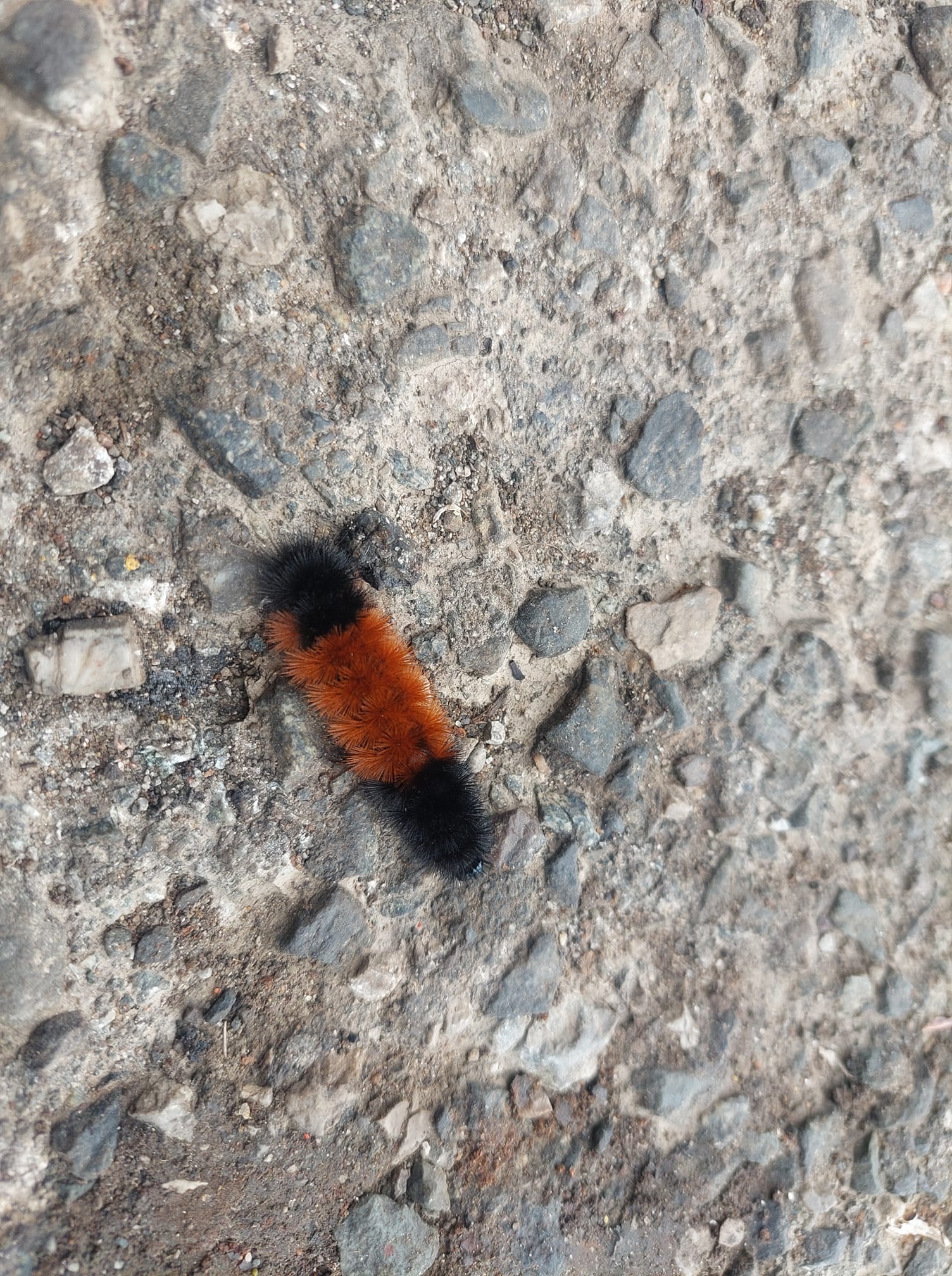
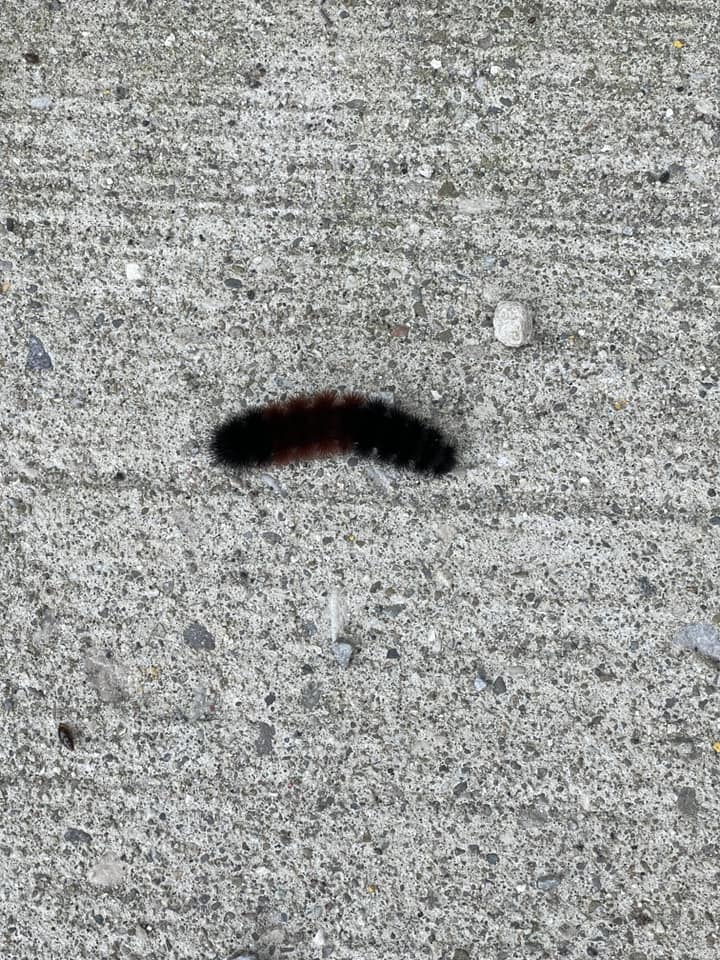
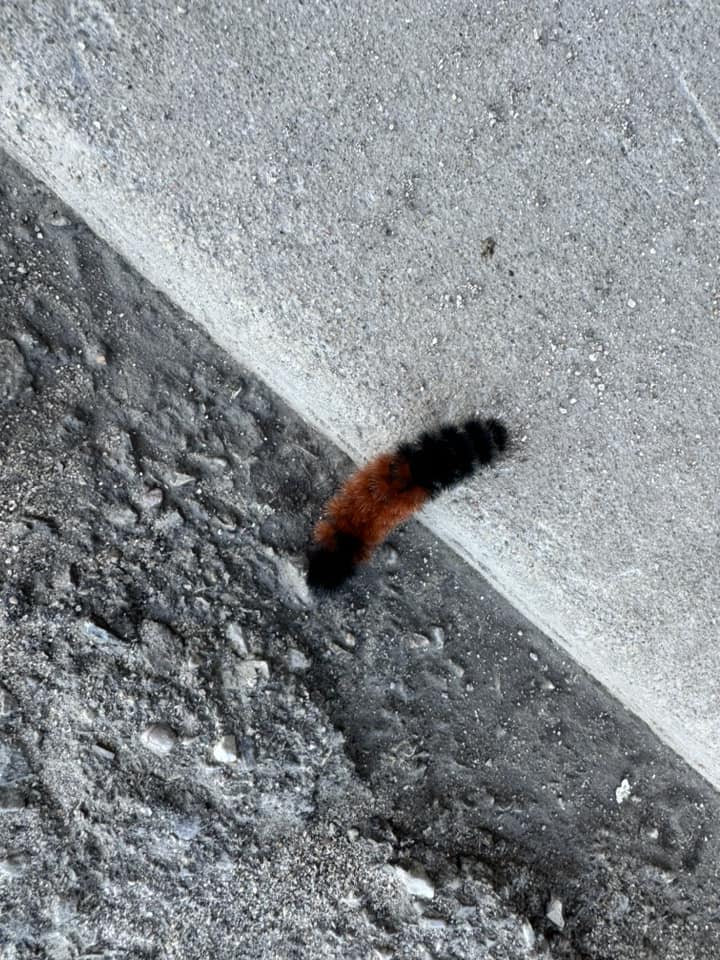
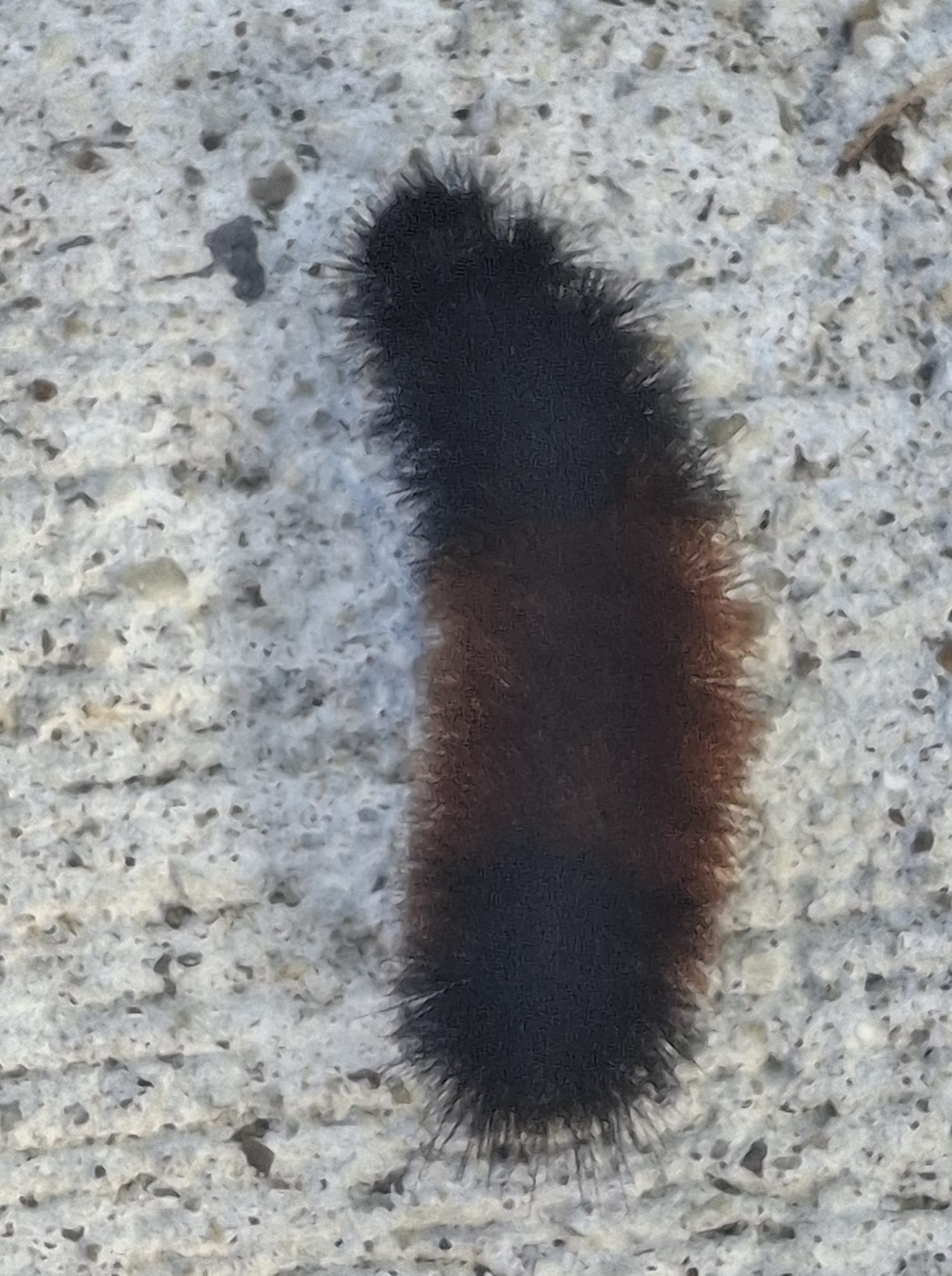
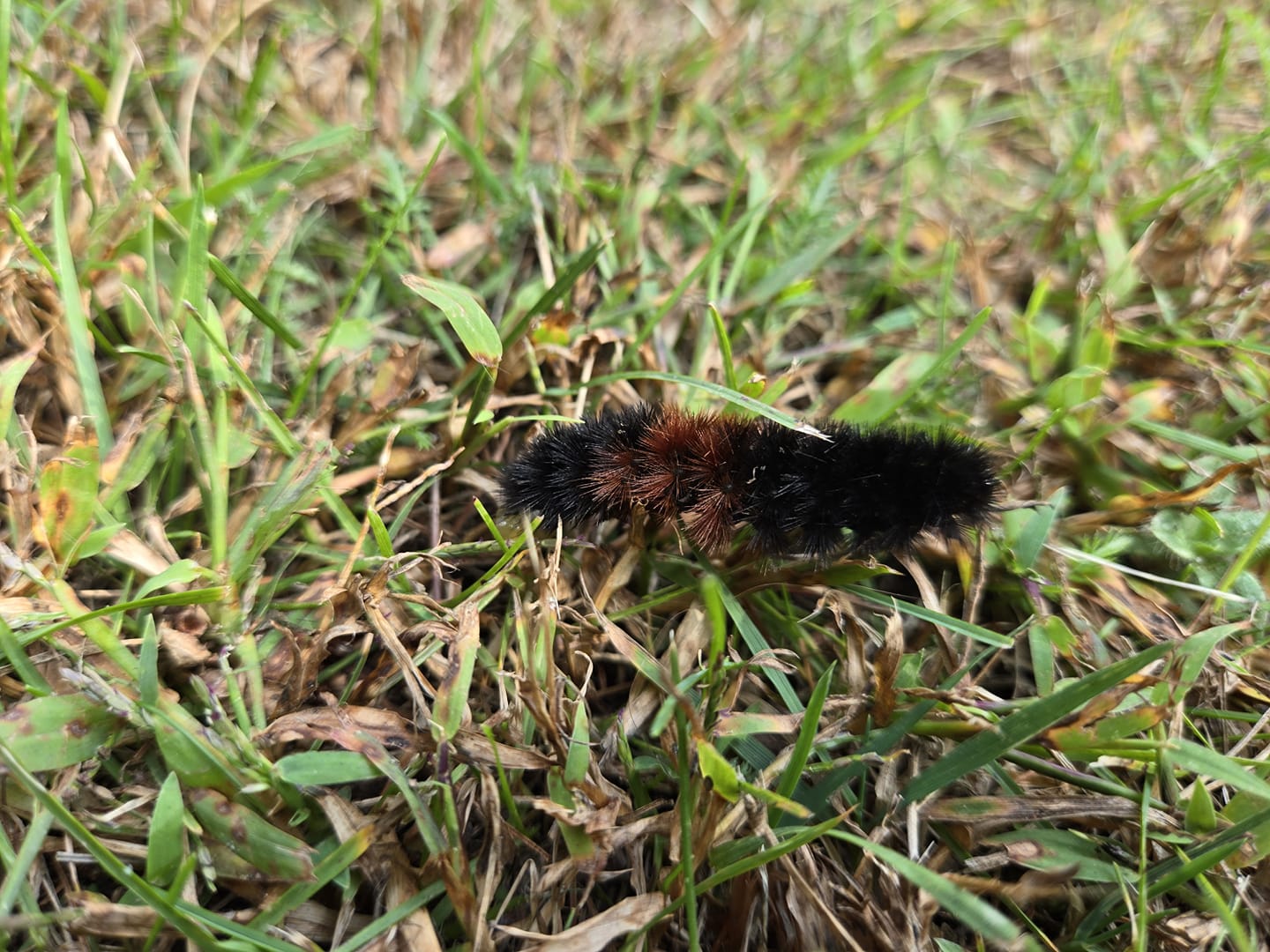
Beyond the Thrill of the Ride
Snowmobiling plays a vital role in stimulating Ontario's economy, particularly in Northern communities. According to the Ontario Federation of Snowmobile Clubs (OFSC) economic impact study, snowmobiling generates a staggering $1.7 billion annually in economic activity, supporting over 12,000 jobs and contributing significantly to rural tourism. As snowmobilers, our passion for the sport translates into tangible benefits for local businesses. When we stay at snowmobile-friendly accommodations, dine at sled-head-approved restaurants, and refuel at community gas stations, we're not only creating unforgettable memories with friends and family but also injecting critical revenue into the local economy. By supporting these snowmobile-friendly establishments, we're helping to sustain vibrant communities and ensure the long-term health of our beloved sport. As we plan our winter adventures, let's remember that every fill-up, every hotel stay, and those delicious warm meals contribute to the economic well-being of Ontario's snowmobile-friendly communities—and fuel our own passion for the sport.
With all that in mind, buying and proudly displaying your Ontario Snowmobile Trail Permit from your local snowmobile club is as important as ever. The dollars you spend go directly back to the trail systems we ride that connect our communities. I’ve written this before and I’ll say it again: your investment in a permit is the best value in the sport of snowmobiling, giving you access to tens of thousands of kilometres of trail to explore each season. As mentioned above, the benefit our sport creates is irreplaceable in many of our rural communities, so show your support. If you’ve been a snowmobiler all your life or even for many years you know that some winters are better than others; in addition, sometimes our own personal and professional lives offer more or less time for our recreational activities. I encourage you to view your permit not as a yearly “ticket” to ride but as an annual riding membership to one of the greatest trail systems in the world!
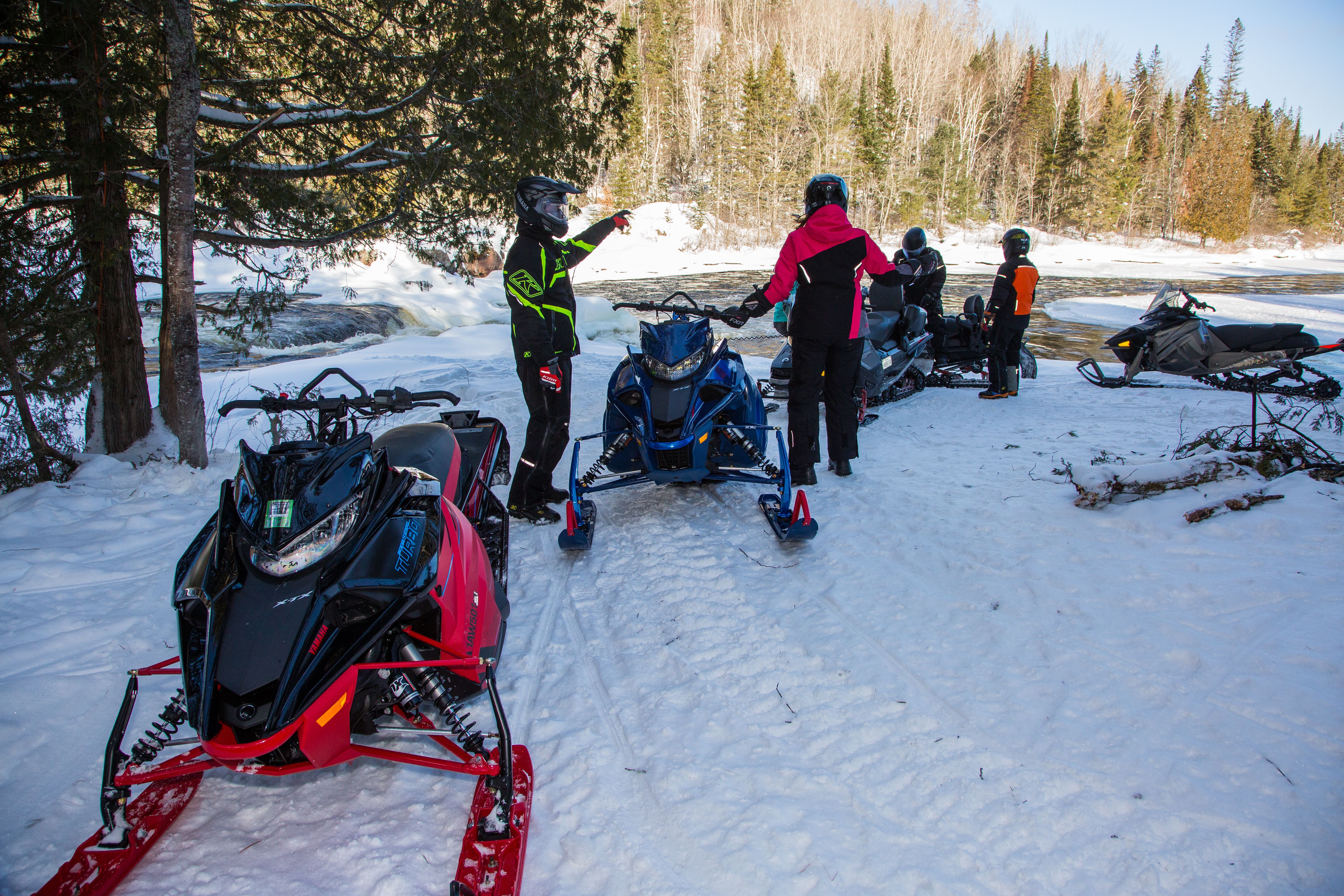
Beavers, Turtles & Backroads Bill
This article wouldn’t be complete without touching base with the legendary Backroads Bill Steer. Bill is a regular contributor to Village Media columns that detail many unique Northern Ontario histories and adventures. In early October Bill released an article (that you can read in full here) where he makes his winter prediction.
In Bill's article, he tells us that the beavers' feed beds are smaller this year than in other years, adding that he's noticed that the amount of mud on the lodges is less as well—a sign of a shorter winter.
Bill also observed that songbirds were gone earlier, the geese are flocking up big time and just leaving now, and that wasps and mice were very busy, then gone. Bill says these are signs early snow is approaching.
All in all, Bill summarizes his detailed column by making the prediction that Ontario will experience lengthy fall-type weather with an early blast of winter. However, winter itself will be shorter with only a couple of cold weather periods and by the Equinox in March Spring will be here.
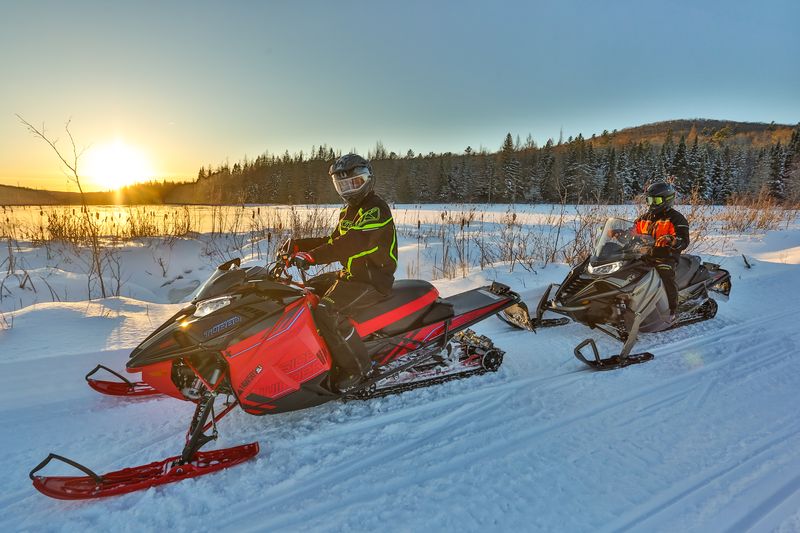
The Ontario Snowmobiling Prediction
An Early Start
All signs point to an early harsh start, and according to metrological modelling, the birds, Woolly Bears, and Bill, winter is going to come in like a lion. So, expect in the coming weeks to see a sharp pattern shift that will bring with it consistent cold temperatures and the first frosty snowfalls. Continued strengthening La Niña conditions in the Pacific Ocean should set us up nicely here in Ontario for a great start to the snowmobiling season.
Deep Cold
Expect to see the return of Old Man Winter's -40 multi-day events, as the Polar Vortex is disrupted and reaches down into central Ontario (and even further south) this winter. As highlighted, during La Niña in Ontario we can experience colder winters as the weakened Polar Vortex leads to increased cold air intrusions. These deep cold events are catalysts for great ice conditions but also aid in extending the season by locking in a firm base in the Northern Corridor.
Big Snow
The key element here will be the storm track that channels up and east generating above-average snowfall to the Great Lakes region of Ontario. This area is home to a good majority of our snowmobile trails. Combine the La Niña-driven jet stream with our big lakes and you have the making for some serious Lake Effect snow events!
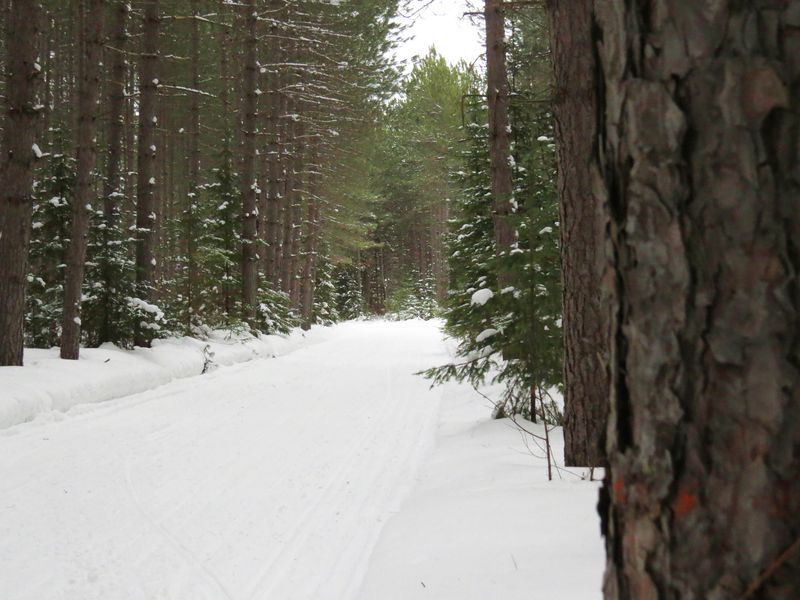
The Last Word
I’m not sure about you, but I feel like I’ve got to make up for last season's lack of snowmobiling. Even though last season I didn’t log the seat time I yearned for, I did have the opportunity to spend countless hours riding with my son, him on his Yamaha SRX120 and me on my 1982 SS440, just having fun and doing laps on the lake. These are snowmobiling memories we’ll never forget, so make the most of every ride!
I’m excited to kick off this season at the Toronto International Snowmobile, ATV and Powersports Show—stop by and say hello when you attend.
With all of the above in mind and so much to look forward to this winter when the snow is here and the trials are open, I’m going to make the time to ride. After all, if there’s one thing that you can be sure of in Northern Ontario, it’s that winter is guaranteed!
See you on the Trails.
Recommended Articles
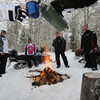
The Complete List of Snowmobile Events in Ontario 2025-2026

The Best Snowmobile-Friendly Lodges
Snowmobiling Winter Weather Forecast 2025-2026

I Rode the Explorers Snow Tour in Ontario and Here’s What It Was Like
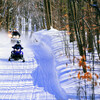
Why Ontario is One of the Best Snowmobile Destinations in the World
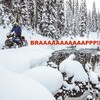
11 TikToks That Prove Ontario is the Best Place To Go Snowmobiling

5 Weekend Snowmobile Getaways Near the GTA
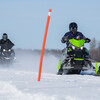
31 Ways To Get In The Know About Snowmobile Trail Riding in Ontario

A Beginner's Guide to Snowmobile Lingo

